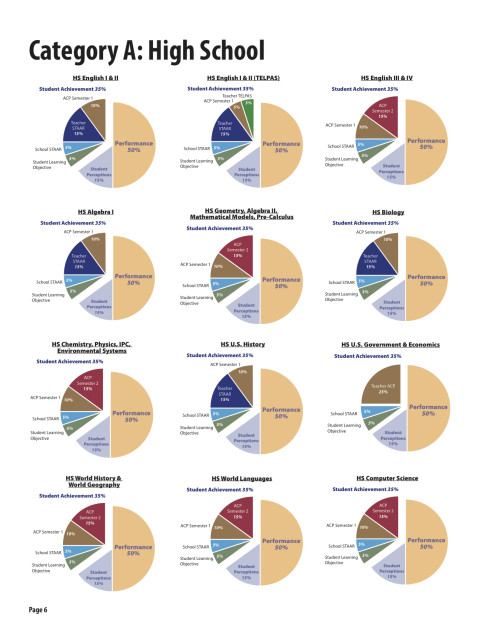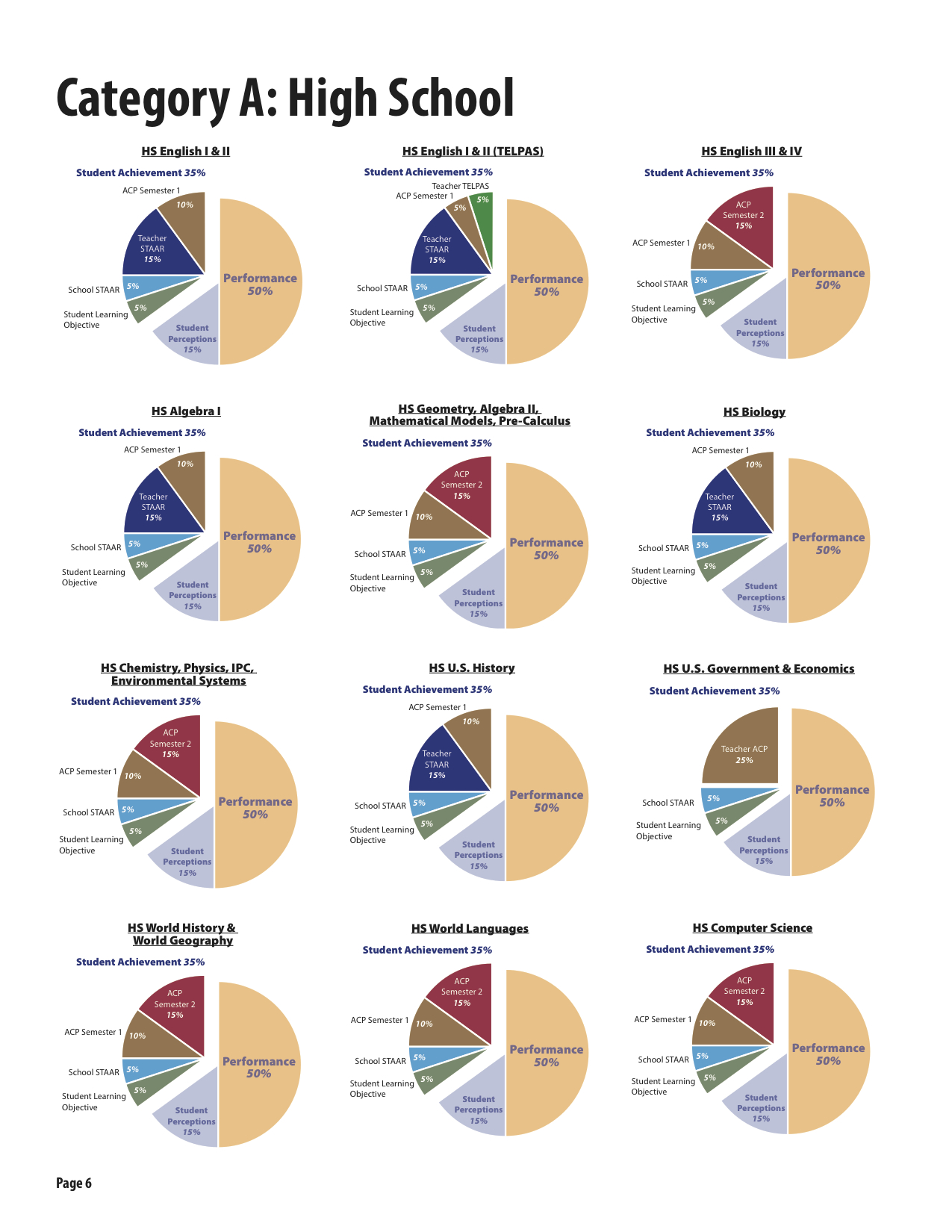
A week ago, Rodger Jones at the Dallas Morning News put up a blog post that suggested three things:
1. The teacher excellence initiative (TEI) that DISD is implementing is being rushed in comparison to the state, which is taking its time evaluating a teacher evaluation system.
2. Dallas is rushing it because Mike Miles, hired to be a change agent, needs to implement said changes quickly. In other words, it’s a political consideration.
3. This is unfortunate, because the analysis of “value-added models” (in essence, looking at how a student’s test scores compare to previous years, and to his classmates’ scores) suggests teacher evaluations shouldn’t be based on VAMs.
Jones summarizes:
But he [Miles] wasn’t brought to Dallas to be cautious. He was brought in to operate at warp speed. On teacher evaluations, he came in to get it done.
In Austin, Michael Williams seems more intent on getting it right.
I believe both these guys believe deeply in public education and have the right motives. They just have different imperatives.
I think these points deserve comment.
Regarding point No. 1: Is Dallas rushing the implementation of TEI compared to the state? No, and it’s absurd to suggest a comparison with the state evaluation program shows tells us so. DISD’s teacher excellence initiative started a year before Miles arrived. Is three years of discussion and planning — not to mention scouring decades of research — moving too fast? Also, what the state is doing has nothing to do with what Dallas is doing. I would suggest there is a difference in complexity in designing a system for 225 schools (DISD) versus designing one for 8000-plus schools (Texas).
Regarding point No. 2: Of course. A hundy percent. No question.
Regarding point No. 3: You’re going to hear a lot about how unreliable VAMs are in terms of evaluating teachers. That’s because using student test scores to evaluate teachers isn’t a perfect model. But the inherent weaknesses in those measurements — and there are always weaknesses in any system attempting to measure human complexity — won’t overpower anyone’s evaluation score in Dallas. That’s why this model is being looked at by educators around the country.
Have a look at this PDF, which shows TEI evaluation templates for different types of teachers — elementary school art teachers, 8th-grade science teachers, high school biology teachers, and everyone in between. You’ll see that student achievement always makes up only 35 percent of the evaluation. Fifty percent of a teacher’s final score is always based on performance (determined by at least 10 spot checks during the year), while 15 percent is derived from student feedback. But VAMs don’t even make up the entire 35 percent of the student achievement category. In some cases, test scores are as much as 25 percent of a teacher’s evaluation, but in other instances, they account for zero percent of a final score. (See the pie chart labeled “Category D without STAAR,” for example.)
In other words, this is a well-thought-out model that uses VAMs as one metric, and they’re weighted so that these components (usually) make up a quarter of a teacher’s assessment. (Which doesn’t even get into the fact that the score for the 25 percent takes the highest results possible in that teacher’s group of test scores, so that an aberration on one VAM test doesn’t unduly influence the final grade.) It’s a model designed to avoid obvious mistakes found in previous teacher evaluation systems used elsewhere.
TEI won’t be perfect — that’s why the district says it will be constantly updated as it is implemented, as the district gets feedback from teachers and administrators regarding the program’s strengths and weaknesses. So we don’t know yet how good a model it will be. But we do know that, no matter what is happening at the state level, TEI’s implementation is anything but rushed.





